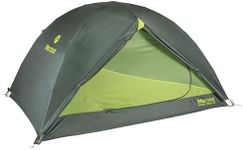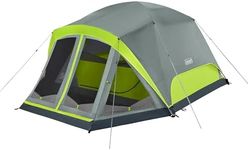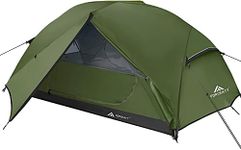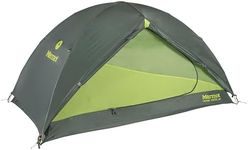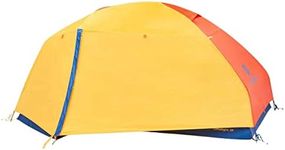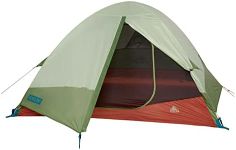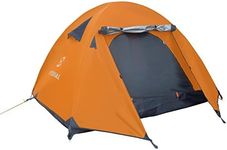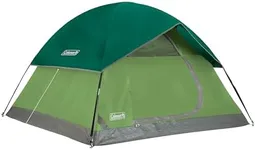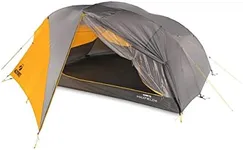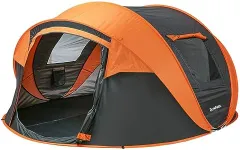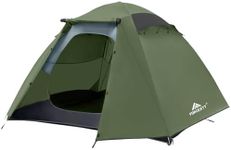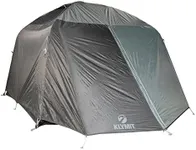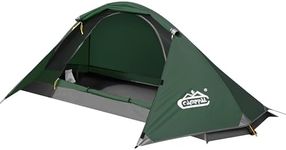Buying Guide for the Best 3 Person Tents
Choosing the right 3-person tent involves considering several key factors to ensure it meets your needs for comfort, durability, and convenience. Whether you're planning a weekend camping trip or a longer outdoor adventure, understanding these specifications will help you make an informed decision. Here are the key specs to consider when selecting a 3-person tent.WeightWeight is a crucial factor, especially if you plan to carry the tent over long distances. A lighter tent is easier to transport but may compromise on durability and space. Tents can be categorized into ultralight (under 4 pounds), lightweight (4-6 pounds), and standard (over 6 pounds). If you're backpacking, an ultralight or lightweight tent is ideal. For car camping, a standard weight tent is acceptable as you won't be carrying it far.
Season RatingSeason rating indicates the tent's suitability for different weather conditions. A 3-season tent is designed for spring, summer, and fall, offering good ventilation and protection against rain and wind. A 4-season tent is built for harsher conditions, including snow and strong winds, but may be heavier and less ventilated. Choose a 3-season tent for general camping and a 4-season tent if you plan to camp in extreme weather.
MaterialThe material of the tent affects its durability, weight, and weather resistance. Common materials include nylon and polyester, with nylon being lighter and more durable but often more expensive. Polyester is more affordable and resistant to UV damage. Look for a tent with a high denier count for better durability. If you need a tent for frequent use or harsh conditions, opt for high-quality materials.
WaterproofingWaterproofing is essential to keep you dry during rain. This is measured by the tent's hydrostatic head rating, which indicates how much water pressure the fabric can withstand. A rating of 1,500mm to 3,000mm is suitable for most conditions. For heavy rain, look for a rating above 3,000mm. Ensure the tent has sealed seams and a durable rainfly for added protection.
VentilationGood ventilation prevents condensation inside the tent, which can make your sleeping environment damp and uncomfortable. Look for tents with multiple mesh windows, vents, and a breathable inner tent. If you camp in warm climates, prioritize tents with excellent ventilation to stay cool and dry.
SetupThe ease of setup can make a big difference, especially if you arrive at your campsite late or in bad weather. Some tents are designed for quick setup with color-coded poles and clips, while others may require more time and effort. If you prefer convenience, look for tents marketed as easy or instant setup. Practice setting up your tent at home before your trip to ensure you can do it efficiently.
Space and ComfortSpace and comfort are determined by the tent's dimensions and layout. A 3-person tent should provide enough room for three sleeping bags and some gear. Check the floor dimensions and peak height to ensure it meets your needs. Some tents offer additional features like vestibules for gear storage and multiple doors for easy access. If you value extra space, consider a tent with a larger footprint or higher peak height.

